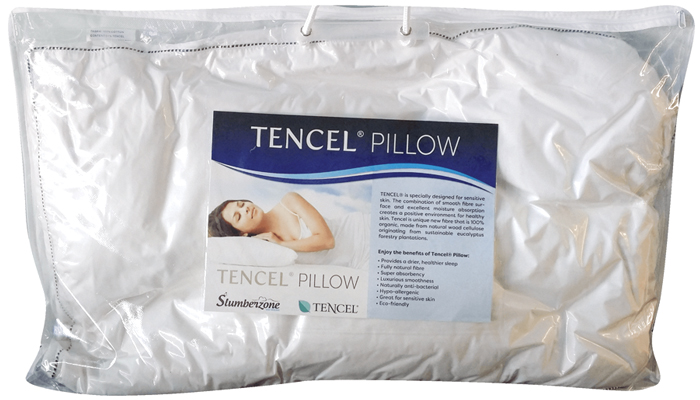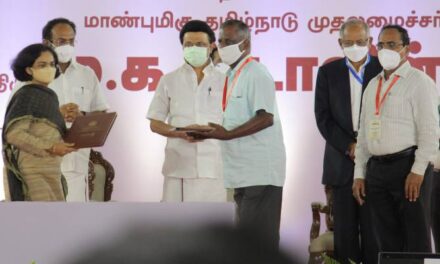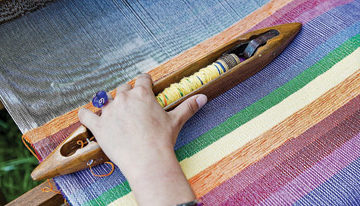Studies have shown that fillings of TENCEL fibres are the perfect botanic alternative, and tests conducted have revealed that pillows filled with TENCEL fibres score when it comes to moisture management, volume and ease of care. TENCEL fibres are in use in almost every area to do with sleeping, starting with components for mattresses and mattress pads through to bed covers and linens. Another application in the bed segment is obvious: Pillows with enhanced comfort.
Meet “Sherlock”, a sweating, thermal manikin test device for clothing physiology from the Hohenstein Institutes. It was used for the first time to test pillows with fillings of TENCEL fibres. Used to test the wear comfort of different kinds of textile products, Sherlock was deployed for this product category for the first time ever to test pillows of TENCEL fibres.
Miriam Scheffelmeier, Project Manager at the Hohenstein Institutes, explains: “Sherlock works in precisely defined conditions in a climatic chamber. The tests using Sherlock indicate that in pillows TENCEL fibres are leading the way to perfect moisture management. When used as a blending partner with polyester, TENCEL fibres help to improve moisture absorption. It was revealed that the higher the share of TENCEL fibres in the pillow, the better the moisture regulation becomes.”
Further research at Lenzing in relation to volume and washing tests has shown that TENCEL fibers produce very good results when combined with polyester. Pillows with this fibre combination recover quickly after exposure to weight and moisture. Of all the pillows tested, the one with a filling of down and feathers came in last since the volume recovered only very slowly. Even after washing, the pillows with TENCEL fibres performed well and are therefore ideally suited to household washing.









